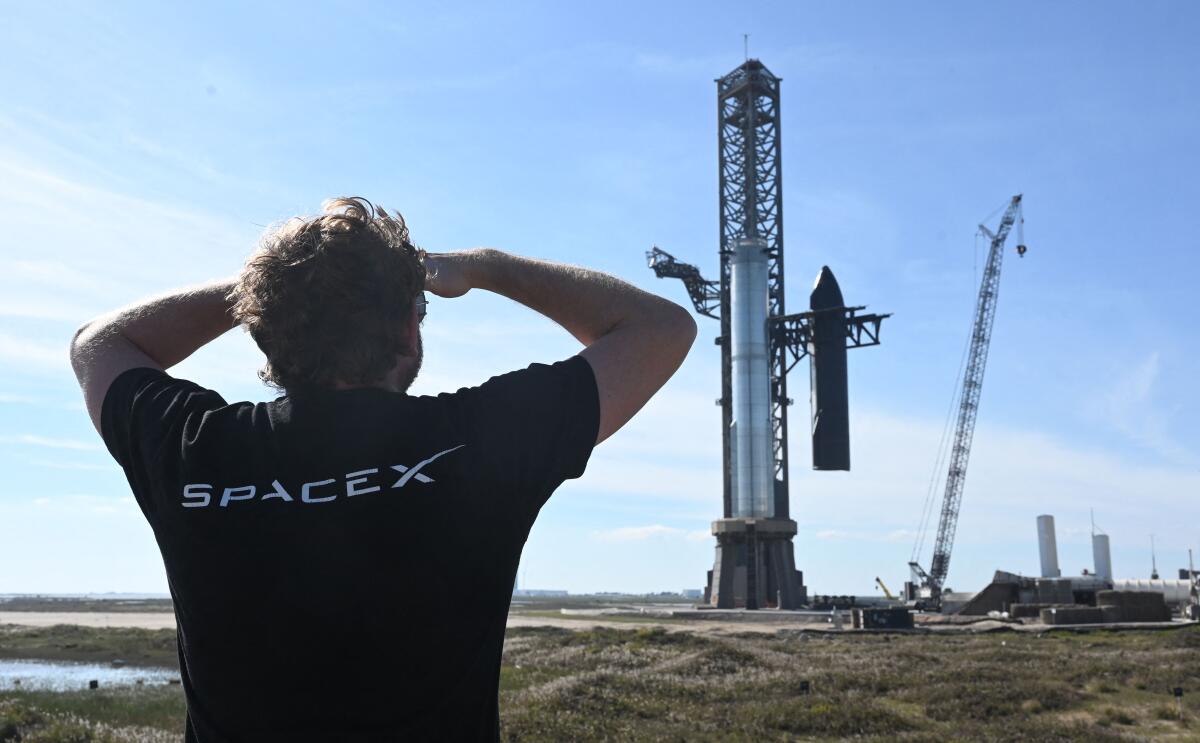
Ambitious plans are underway at SpaceX as the company gears up for a series of uncrewed Starship missions to Mars, targeting a timeline of two years for the initial launches. These missions are designed to test crucial technologies that will pave the way for eventual human exploration of the Red Planet. Elon Musk, the CEO of SpaceX, has long articulated a vision of making life multi-planetary, and this initiative marks a significant step toward realizing that goal.
The five planned missions will focus on various aspects of Mars exploration, including cargo delivery, landing technologies, and the establishment of a sustainable presence. SpaceX has already made substantial progress with its Starship prototype, which has undergone several test flights to refine its capabilities. Each mission will build on the successes and lessons learned from previous launches, allowing the company to incrementally improve its systems and processes.
Recent advancements in rocket technology have made these missions feasible. The Starship, designed for deep space travel, boasts powerful engines capable of producing the thrust needed for interplanetary travel. Its reusable design not only enhances efficiency but also significantly reduces costs, a critical factor for long-term space exploration.
SpaceX’s launch schedule aims to conduct the first mission by 2026, with subsequent missions following within a tight timeframe. This approach reflects the company’s commitment to rapid iteration and development, a hallmark of its operational strategy. The first mission is expected to carry cargo, including scientific instruments and supplies, to help prepare for future human landings. Subsequent missions may explore the potential for in-situ resource utilization, which is crucial for sustaining human life on Mars.
Collaboration with various scientific institutions is an integral part of this initiative. SpaceX has been engaging with space agencies and academic organizations to leverage expertise and share research findings. These partnerships will enhance the scientific value of the missions, ensuring that the data collected contributes meaningfully to our understanding of Mars and the potential for future habitation.
In addition to scientific goals, the missions will also focus on testing technologies for landing on Mars. SpaceX has been refining its landing systems to ensure safe and precise landings on the Martian surface. This technology is vital for future missions, especially those involving human crews who will require reliable and accurate landing capabilities.
The significance of these missions extends beyond scientific research. They represent a critical step in SpaceX’s broader vision of establishing a human presence on Mars. Musk has often emphasized the importance of making humanity a multi-planetary species, and these missions are pivotal in achieving that aspiration. The data gathered during these uncrewed flights will inform the development of technologies needed for crewed missions, which SpaceX envisions could occur within the next decade.
Public interest in Mars exploration has surged in recent years, fueled by missions from NASA and other space agencies. The successful landing of rovers and the continuous flow of data from Martian orbiters have ignited curiosity and excitement about the planet. SpaceX’s efforts to land humans on Mars are expected to further this interest, potentially inspiring a new generation of scientists and engineers.
As SpaceX prepares for these groundbreaking missions, industry experts highlight the importance of ensuring safety and reliability. The complexity of interplanetary travel demands rigorous testing and validation of all systems involved. SpaceX’s track record with the Falcon 9 and Dragon missions provides some reassurance, as the company has established a reputation for innovation and successful launches.
Regulatory considerations will play a significant role in the mission’s planning and execution. SpaceX must navigate a complex landscape of international space law and safety regulations as it prepares for these launches. Engaging with regulatory bodies early in the planning process will be crucial to ensuring that the missions proceed smoothly.




